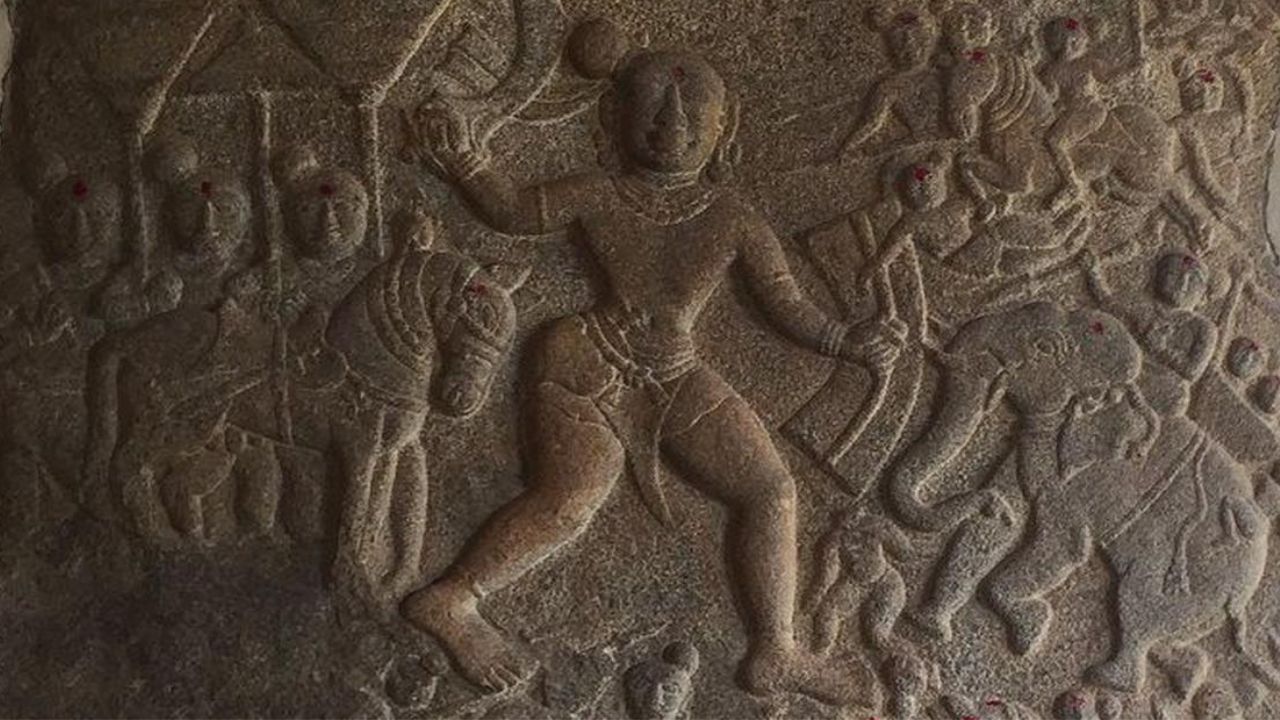
Crash Report
Read More
Sanity Break #1
Since it’s always hard to get back to work after a long weekend, we offer one of our all-time favorites: a mashup of ‘Wakhra Swag’ by Navv Inder (feat. Badshah) with ‘Teach Me How to Dougie’ by Cali Swag District.

Headlines that matter
Check out this edition for the most important stories from around the world today!

Sanity Break #2
We love Shahrukh best when he is his charming, self-deprecating self—as in this clip, which is clearly a promo for some upcoming project on Disney+ Hotstar.

Feel Good Place
Need an immediate pick-me-up? We have you covered! From hilarious animal clips to stuff that’ll make you go “lol why?!”, we have all you need to keep you sane on even your worst hair day.







